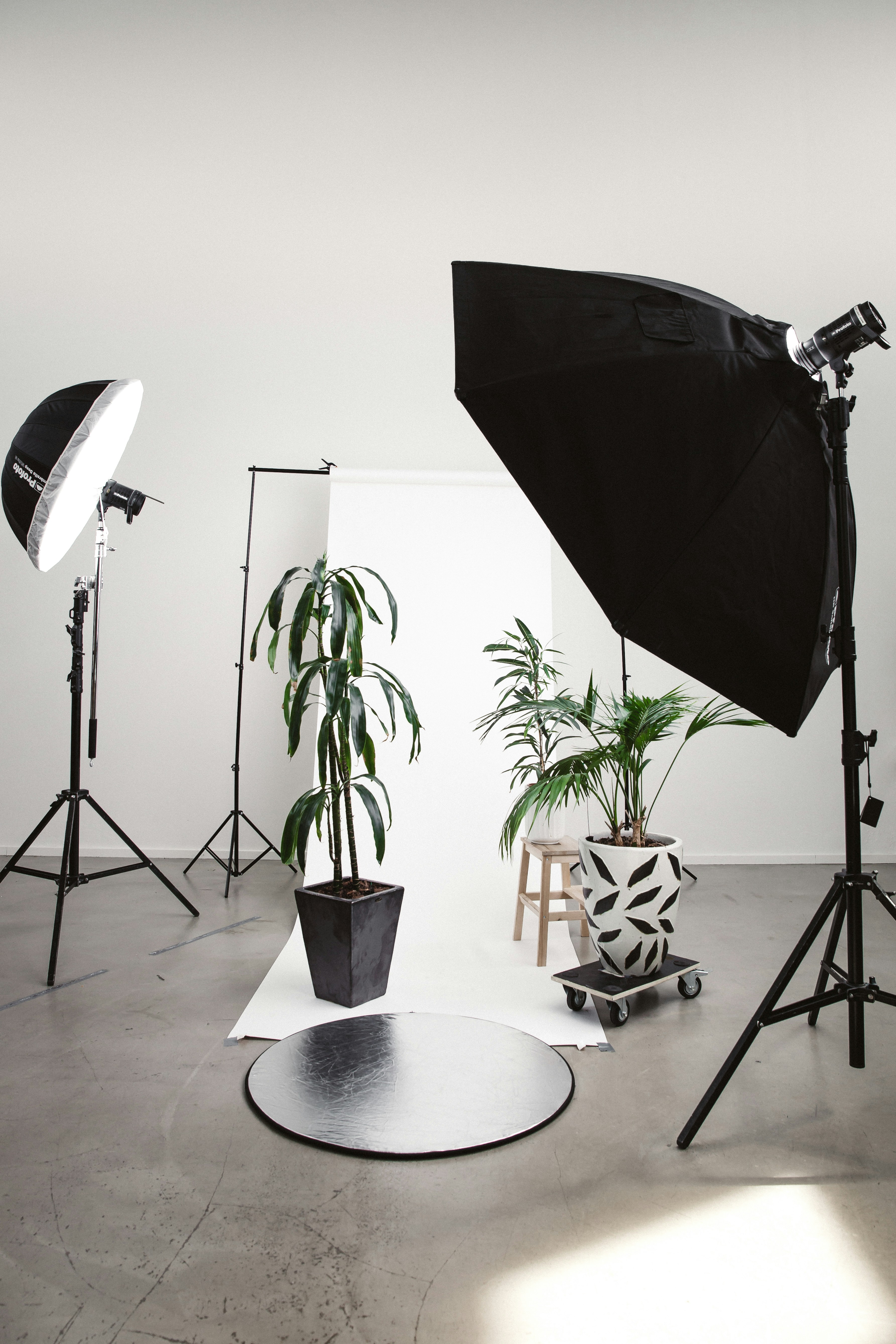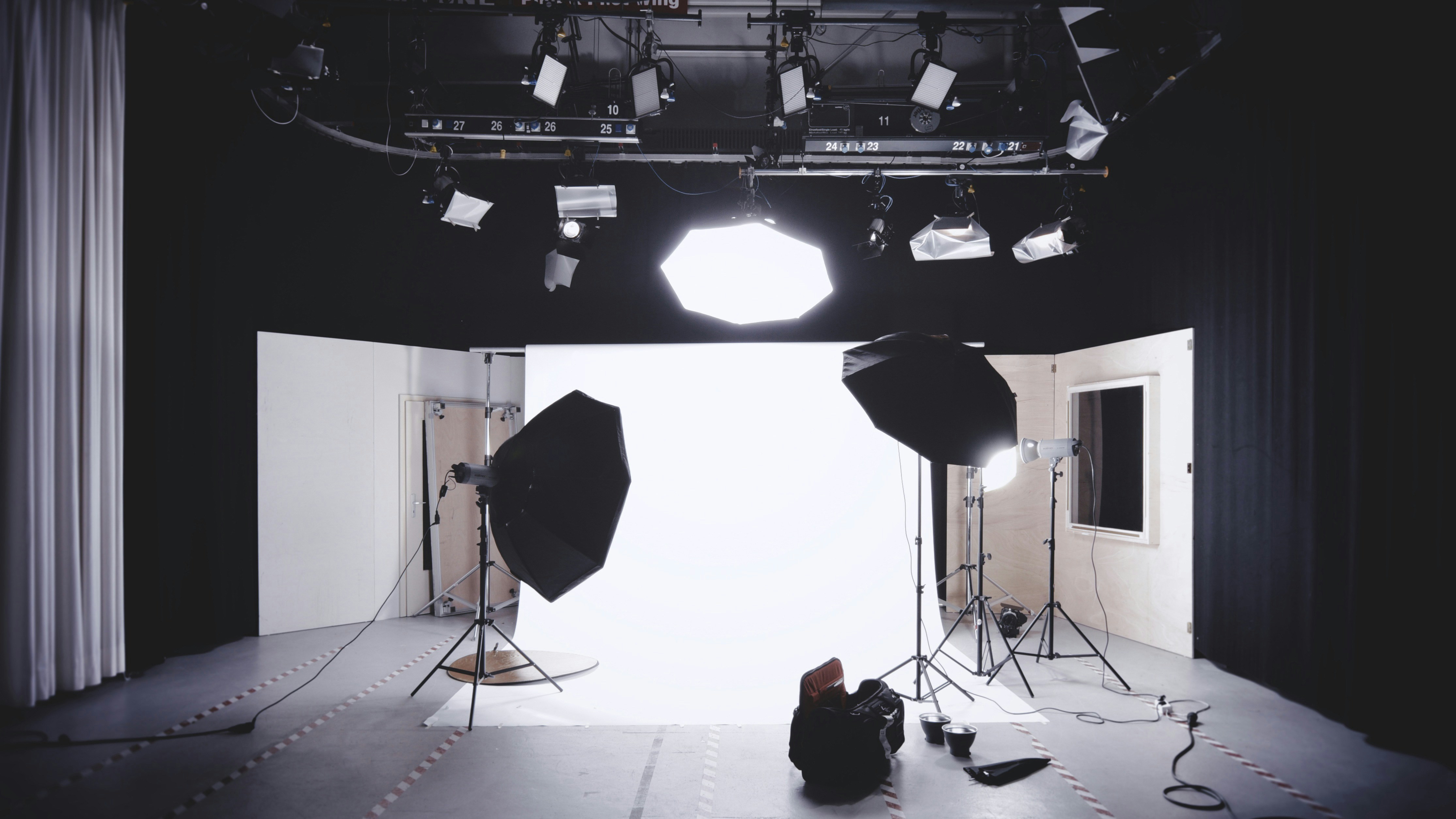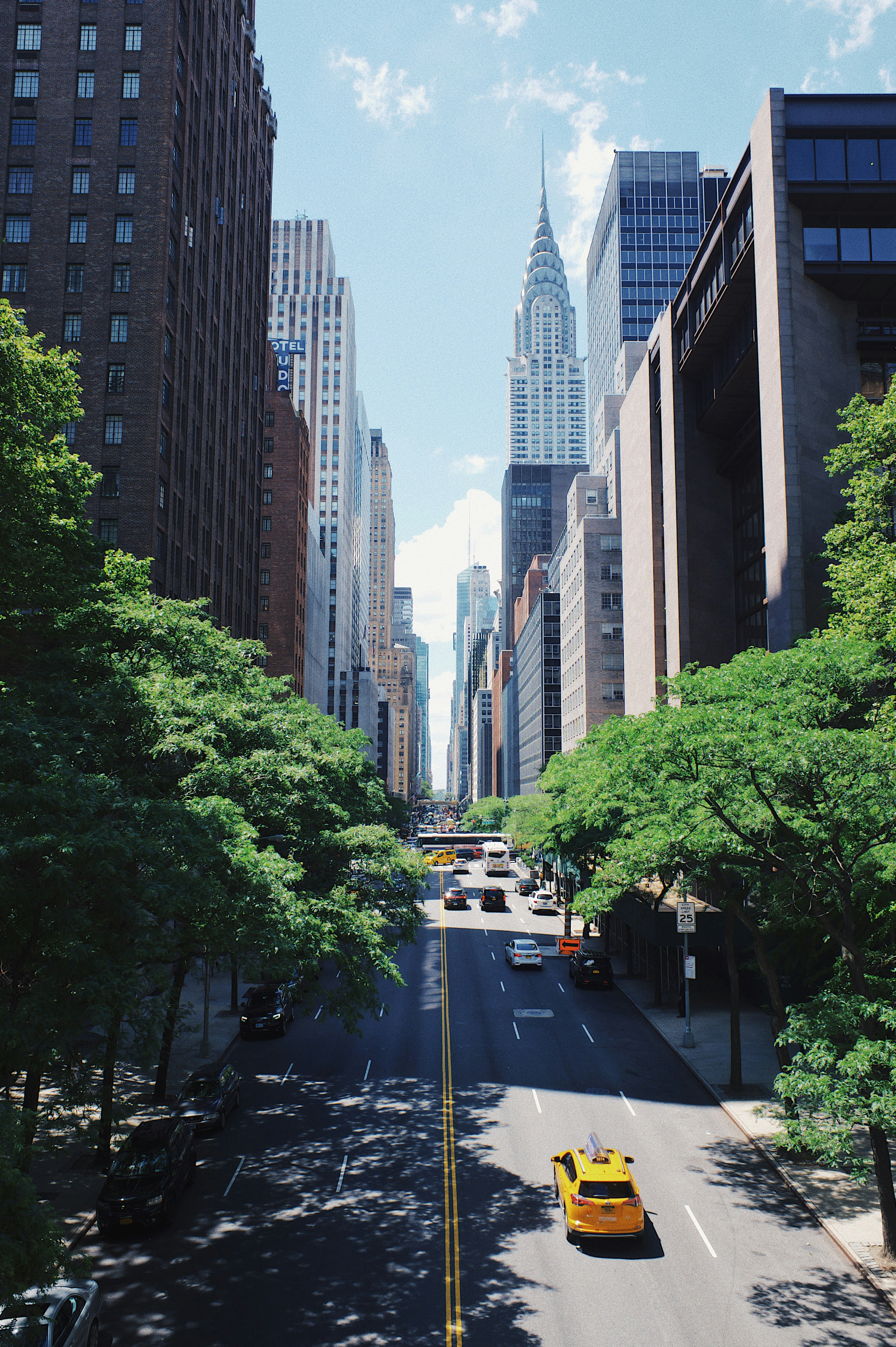
My first look at infrared photography through a whole new lens (Literally!)
2025-04-25



My First Look at Infrared Photography Through a Whole New Lens (Literally!)
Infrared photography is a fascinating genre that allows photographers to capture the world in a whole new light. With the use of specialized lenses and filters, infrared photography can produce stunning and surreal images that are unlike anything you've ever seen before. In this blog post, we will explore the world of infrared photography and provide practical tips for getting started with this unique and creative form of photography.
Introduction to Infrared Photography
Infrared photography involves capturing light that is beyond the visible spectrum, typically in the near-infrared or infrared range. This results in images that have a dreamlike quality, with white foliage, dark skies, and otherworldly colors. The key to infrared photography is using a lens that is specially designed to capture these wavelengths of light.
One of the most popular lenses for infrared photography is the R72 Infrared Filter. This filter blocks out visible light and allows only infrared light to pass through, resulting in striking and ethereal images. When using an infrared filter, it's important to remember that focusing can be challenging, as the filter blocks out visible light that the camera uses for autofocus. Manual focusing is often necessary to ensure sharp images.

Practical Tips for Infrared Photography
1. Choose the Right Lens
When shooting infrared photography, it's crucial to use a lens that is compatible with infrared light. The R72 Infrared Filter is a popular choice among photographers, as it allows for stunning infrared images. Experiment with different lenses to see which one works best for your style of photography.
2. Experiment with Different Settings
Infrared photography requires some trial and error to get the perfect shot. Experiment with different settings on your camera, such as exposure, white balance, and ISO, to achieve the desired effect. Keep in mind that infrared light behaves differently than visible light, so be prepared to make adjustments as needed.
3. Find the Right Subjects
Some subjects are more suited to infrared photography than others. Trees, foliage, and bodies of water are popular choices for infrared photography, as they reflect infrared light in unique and interesting ways. Experiment with different subjects to see what works best for your style of photography.
4. Post-Processing
Post-processing is an important step in infrared photography, as it allows you to enhance the surreal and dreamlike quality of your images. Experiment with different editing techniques, such as adjusting contrast, saturation, and color balance, to create stunning and otherworldly images that truly stand out.
Conclusion
Infrared photography is a unique and creative form of photography that allows photographers to capture the world in a whole new light. With the right equipment and techniques, you can create stunning and surreal images that are unlike anything you've ever seen before. Experiment with different lenses, settings, and subjects to find your own style of infrared photography and unleash your creativity.
In conclusion, infrared photography offers endless possibilities for creative expression and experimentation. So grab your camera, put on your R72 Infrared Filter, and start exploring the world through a whole new lens - you won't be disappointed!
Click here to explore a range of infrared lenses available for your photography needs.